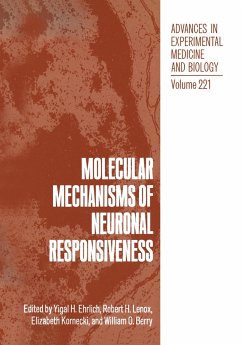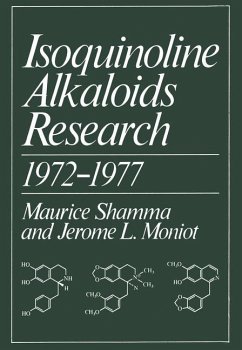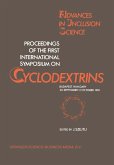Since its inception the research area of platelet pharmacology has always been a vigorous one and it is a characteristic that new approaches to the understanding of platelet function are rapidly and thoroughly investigated. The intensity of this activity is attri butable, probably, to an appreciation by research workers in the field that a satisfactory therapeutic control of platelet function has yet to be realized. Also that if and when this problem of con trolling platelet function is achieved the benefits to clinical medicine will be immense since platelets are known to be involved in a multiplicity of events coupled within the haemostatic mechanisms and inflammatory responses. Aberrations in the behaviour of plate lets is part of the aetiology of atherosclerosis, myocardial and cerebral infarction and thrombosis. At this point in time, research in platelet function is in a particularly rapid state of flux. The recent findings of research workers active in the field and also workers investigating mechan isms of stimulus response coupling in other cells, have provided interesting insights into the generality of mechanisms involved in the function of responsive cells. One may itemize these developments as the area of cell receptor/ligand interaction, induction of cell ular response by protein phosphorylation and calcium flux. The mech anism of these latter events occurs through the activity of phospho lipase generating transient intermediates. These intermediates may act as ionophores or enzyme activators or may, in the case of eico sanoids, reinforce and make irreversible the cellular response.








